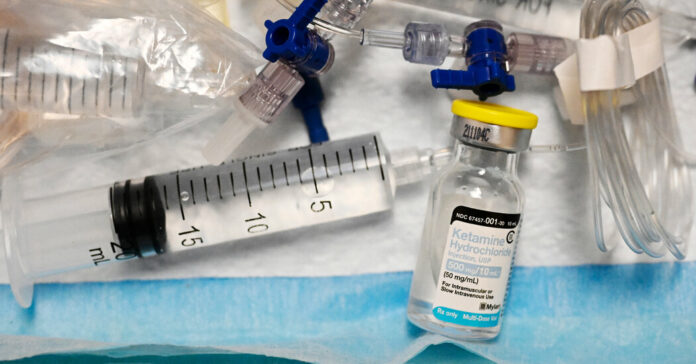Six months later, the quality-of-life scores for both groups were similar.
One limitation of the study was that the number of ECT treatments may not have been sufficient because the treatment period was only three weeks, said Dr. Daniel F. Maixner, the ECT program director at Michigan Medicine at the University of Michigan, who was not affiliated with the study.
The study subjects started their course of ECT by receiving electric currents on one side of the brain, which may require 10 or 12 sessions, as opposed to the nine used in the study, he added.
“If there’s more improvement to be had, you continue,” Dr. Maixner said.
Patients who start out bilaterally, stimulating both sides at the same time, often need fewer sessions. If the patients had completed more ECT sessions, then a greater proportion of them may have responded to the treatment, Dr. Anand said, but that also would have likely caused more side effects.
A small number of patients in both groups — under 33 percent — went into remission, meaning they had only mild depressive symptoms. This suggests that additional treatments would be needed in order for the patients to maintain any relief.
Continued treatment, however, comes with additional risks. With ketamine, for example, longer treatment “increases the likelihood of both drug dependence and cognitive adverse effects, including dissociation, paranoia and other psychotic symptoms,” Dr. Robert Freedman, a professor of psychiatry at the University of Colorado, wrote in an editorial published with the study.
Previous evidence suggests that ECT remission rates can be much higher — often at least 60 percent — but these studies may have included a higher percentage of inpatients as well as patients with psychotic depression, for which ECT appears to be particularly effective.
Researchers and clinicians are using intravenous ketamine off label because it has not been approved by the Food and Drug Administration for treatment of mood disorders, unlike its cousin esketamine, also known as Spravato, which is administered nasally. Among clinicians, intravenous ketamine is widely considered to be as effective or more so than esketamine for treatment-resistant depression, Dr. Anand said.


